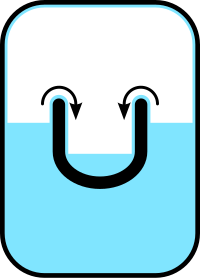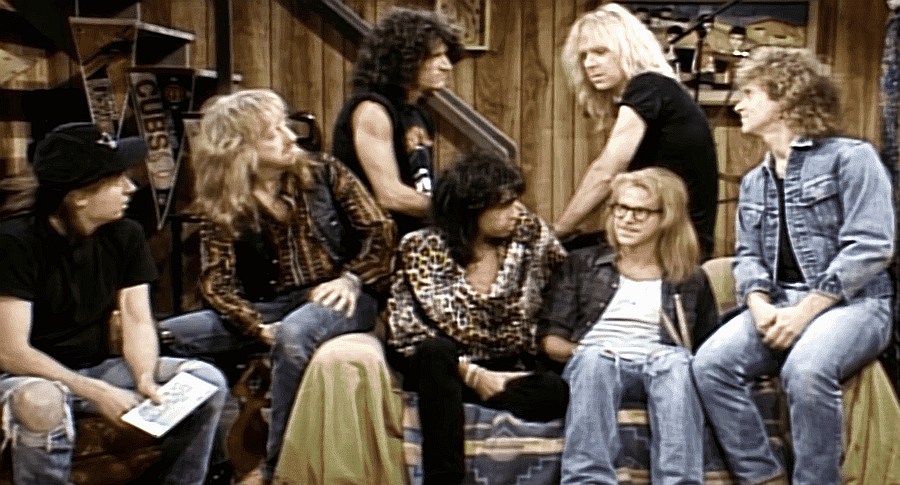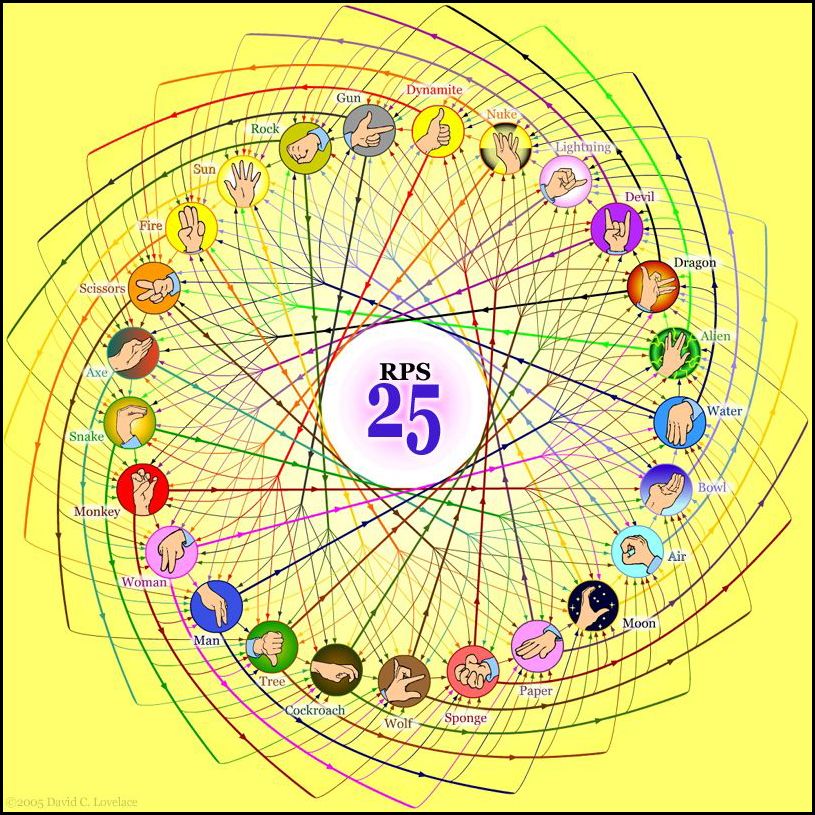 The Ling
The Ling Meet the Six. Their giggles are cute, but not too cute; their hair is straight, but not too straight; and they are very, very cool. They even have their own lingo. The Ling, to be exact.
I first discovered the Ling about a year ago, when I was hanging out with my friends — a slightly older and distinctly less cool version of the Six. We were trying to make plans for the night, and someone suggested that we head down to Georgetown.
“Yeah, def,” I replied.
“Huh?”
“Well, I mean, I think Georgetown would be fun,” I continued. “But whatev.”
“Who are you?” asked one of my friends, looking alarmed. “You’re talking like. . .Justine.”
It hit me. I was becoming my 17-year-old sister. Though I was five years older, full sentences eluded me, and I had subconsciously decided that abbreviating all of my thoughts was fun. And cute.
Justine’s love affair with language — or rather, the anti-language — started gradually enough, and I think that’s why I never noticed it. At first, when my mom would ask Justine if she had a lot of homework, Justine would reply, “Obvi,” or “The usu.”
Then things got worse. Awkward became awk, actually became actu, typical became typ, amazing became amaze and hilarious became hilar. Something utterly hilar, of course, became TOPOSH — Top of the Pillar of St. Hilar — but there was nothing TOPOSH about the situation. As the older sister, I tried to do my part. Sometimes that involved throwing my sneakers at her, and sometimes it was as simple as, “Hey, Justine, you’re an idiot.”
“That is so rudabega,” she would say, before rolling her eyes and gliding out of the room.
With rudabega — actual definition: superrude — Justine was pulling on the Sayings, a part of the Ling distinctly different from Abbrev, but no less useful. She explained all this to me in a tone usually reserved for infants and foreigners, and when I proved still too dense to understand her uber-trendy Ling, she resorted to e-mail. Among the terms:
Abbrevs: ador — adorable; S.T. — silent treatment; S.T. with R.A.C. — silent treatment with rude additional comments (this is never fun to receive!); indi — indigestion (also not fun); pos — possibility; ruda — short for rudabega.
Sayings: def of typ — when something is the definition of typical; freak-a-leak — example: “Where the freak-a-leak is my Spanish homework?”; iffy to the max — really iffy; so true — in response to all comments; to the max — example: “She is being rudabega to the max!”; off the heez — totally ridic.
That Justine chose e-mail as her preferred medium was particularly apt. In many ways, after all, her language rises out of the ashes of the current Internet craze, like some sort of binary phoenix composed entirely of emoticons, abbreviations and other clever online-isms.
Still, when I reread Justine’s e-mail messages, her logic boggled my mind. It was as if my sister was becoming the def of ridic. Not only had she been able to recall upward of 50 Abbrev terms on command, but she almost sounded proud. “I will want a copy so I can read it to the Six + junior girlz at lunch,” she wrote when I first mentioned that I wanted to write about the Ling, and I could just imagine her standing in the cafeteria, the pink ribbon in her hair bouncing from side to side.
“My sister wrote this,” she would say, waiting for the crowd to quiet. “Isn’t that just ador?!”
More
































